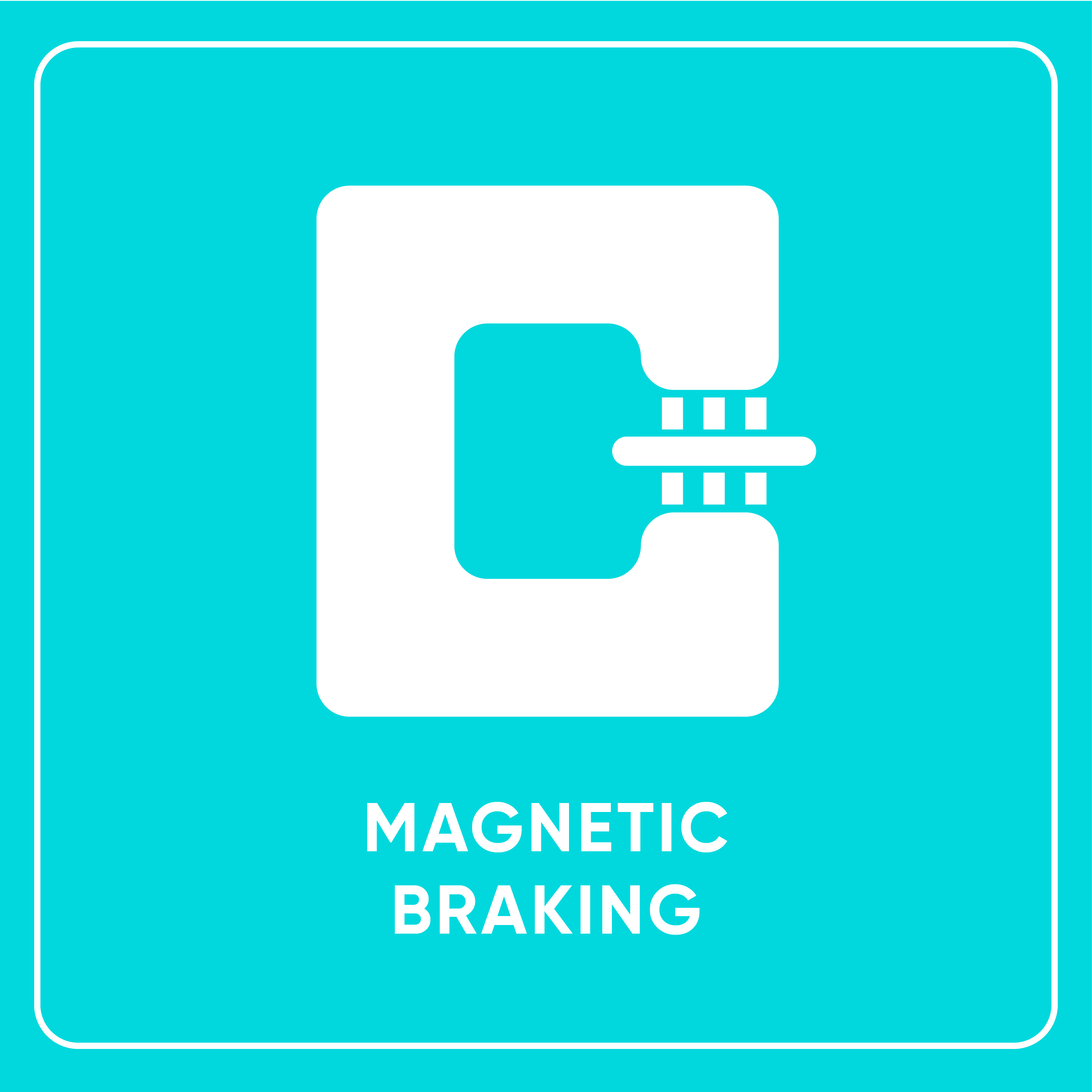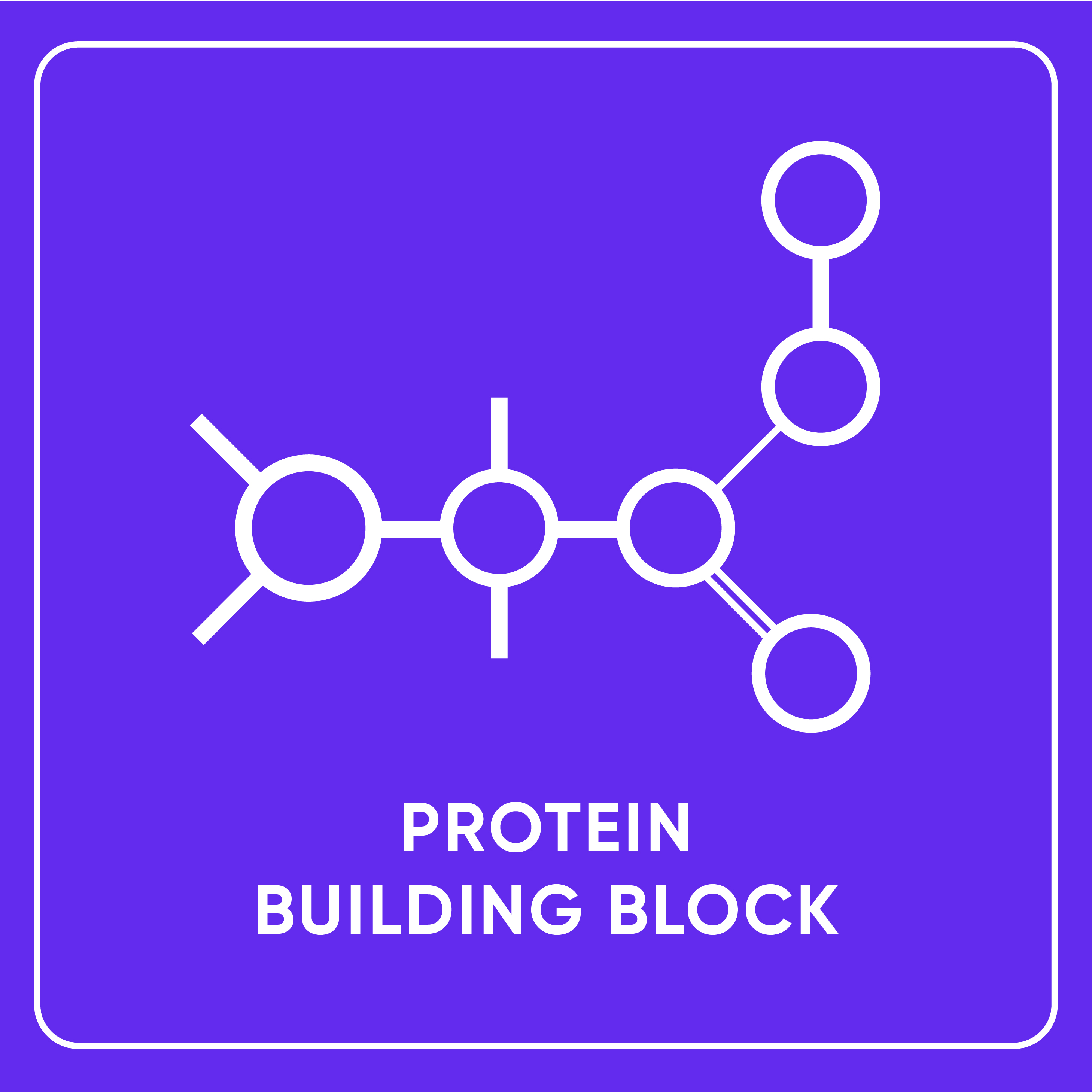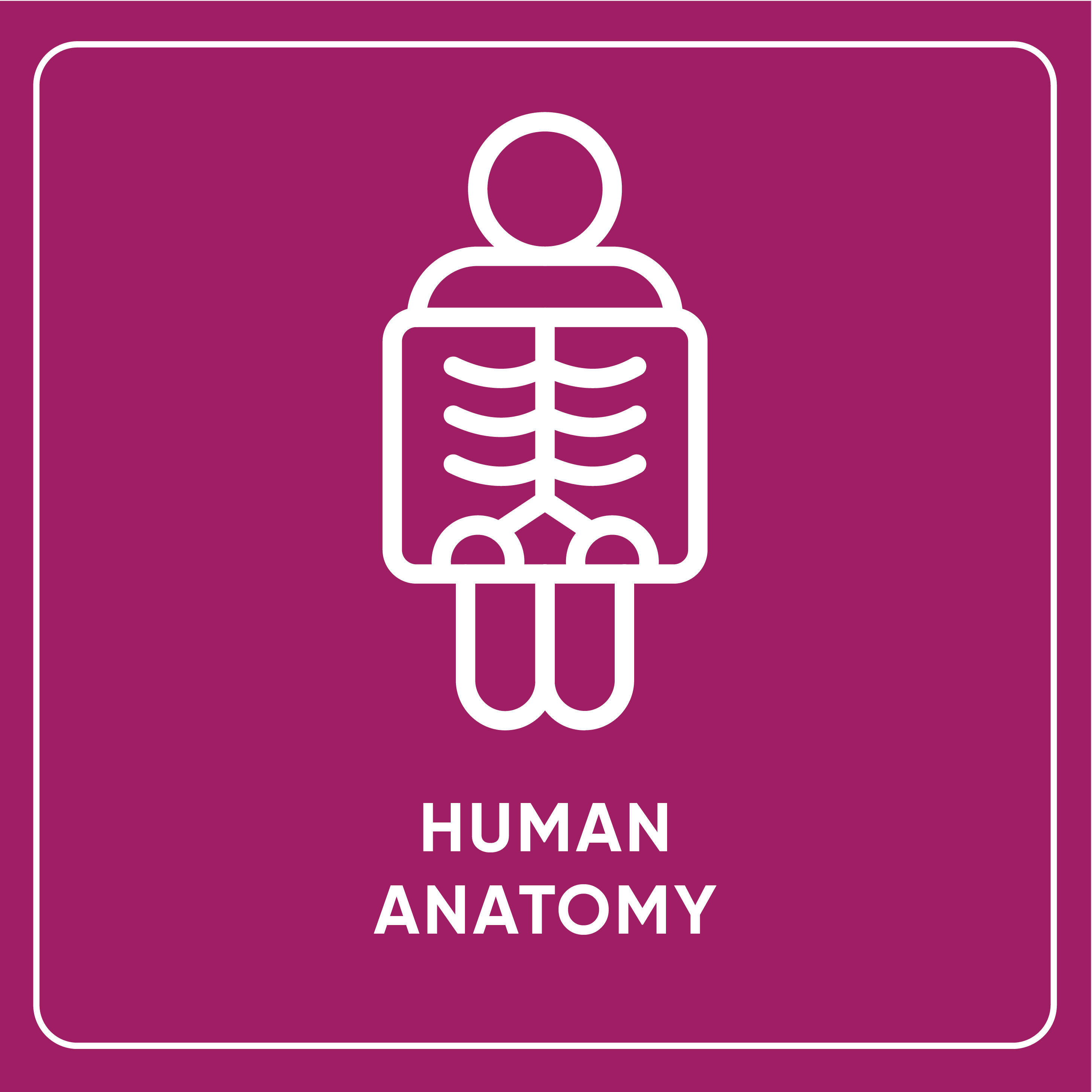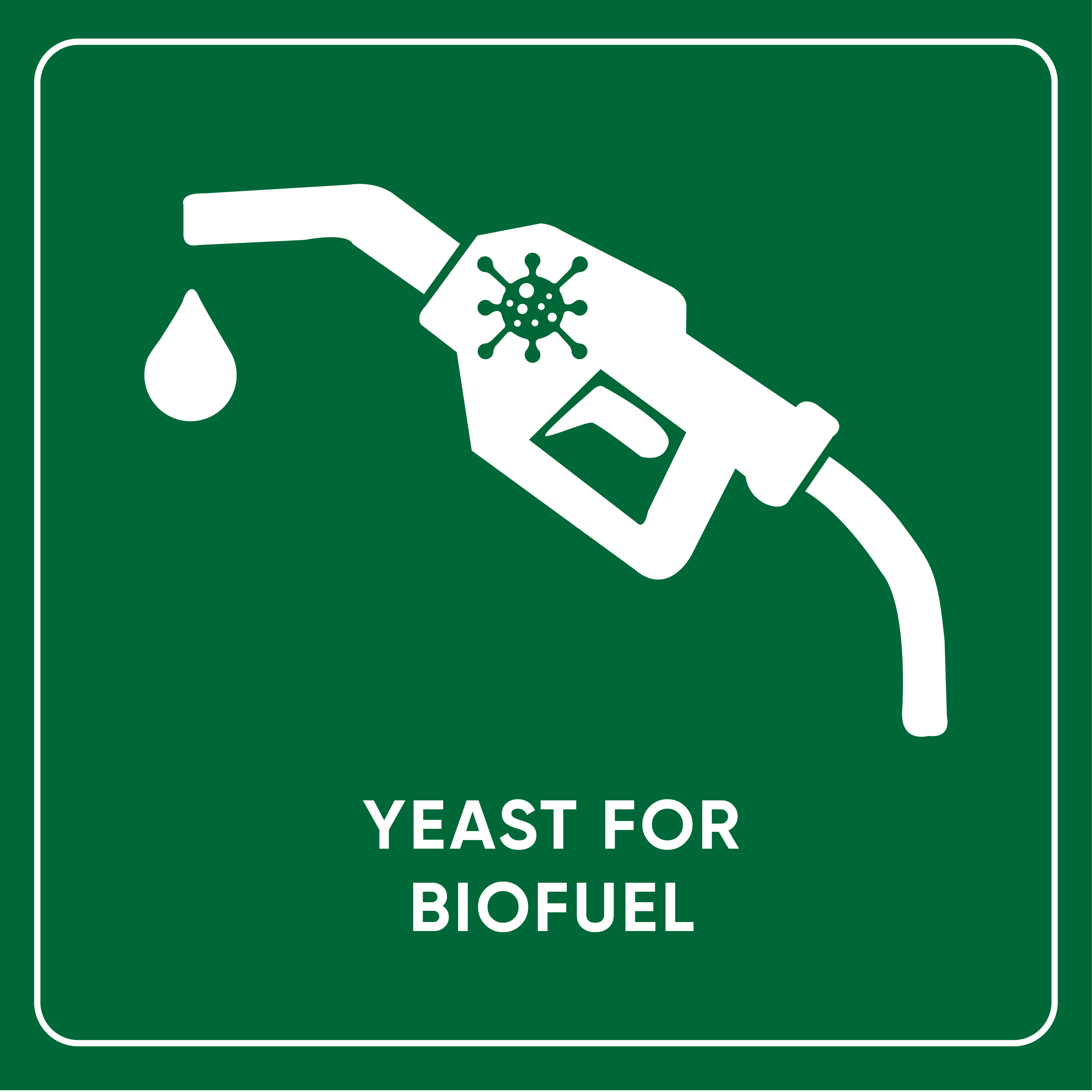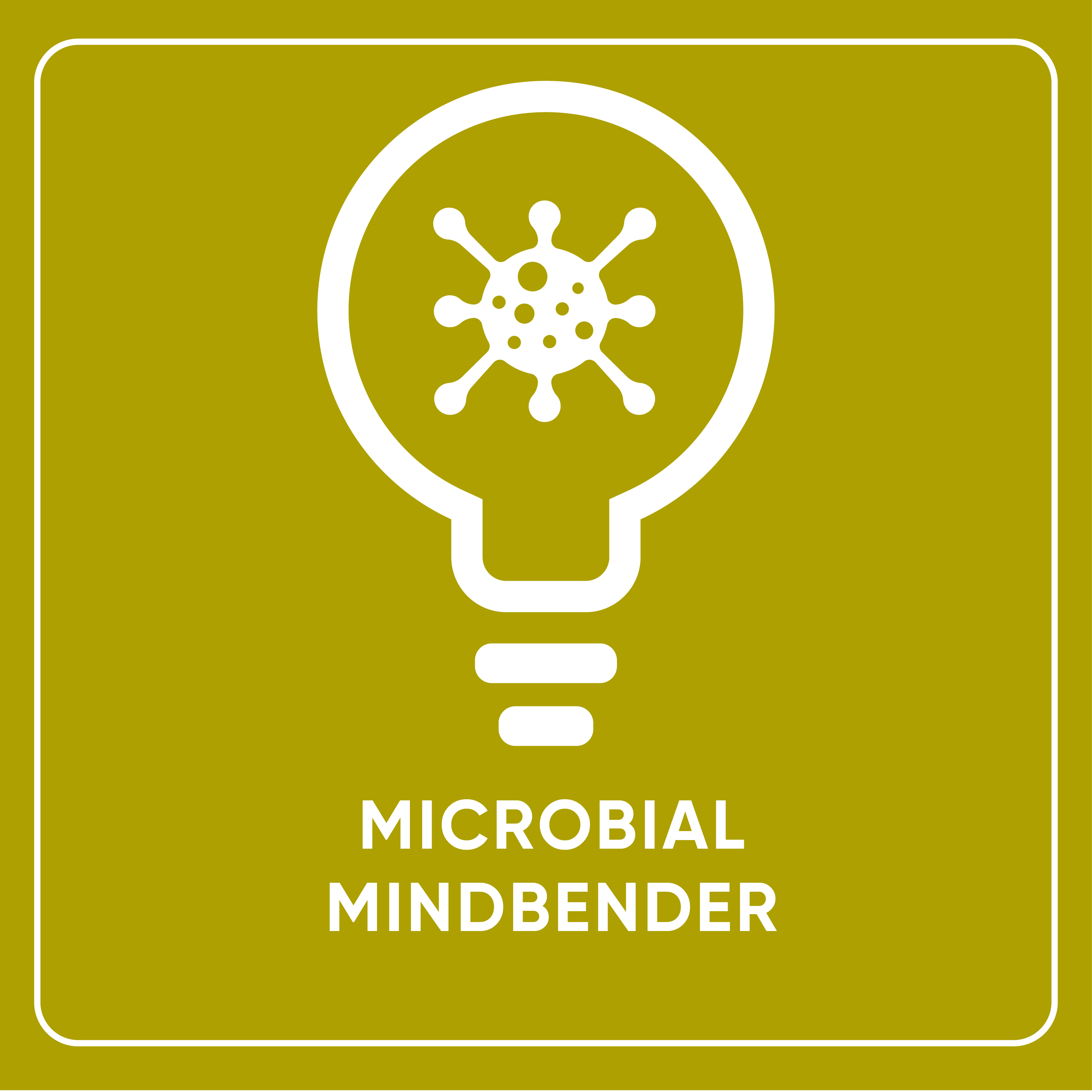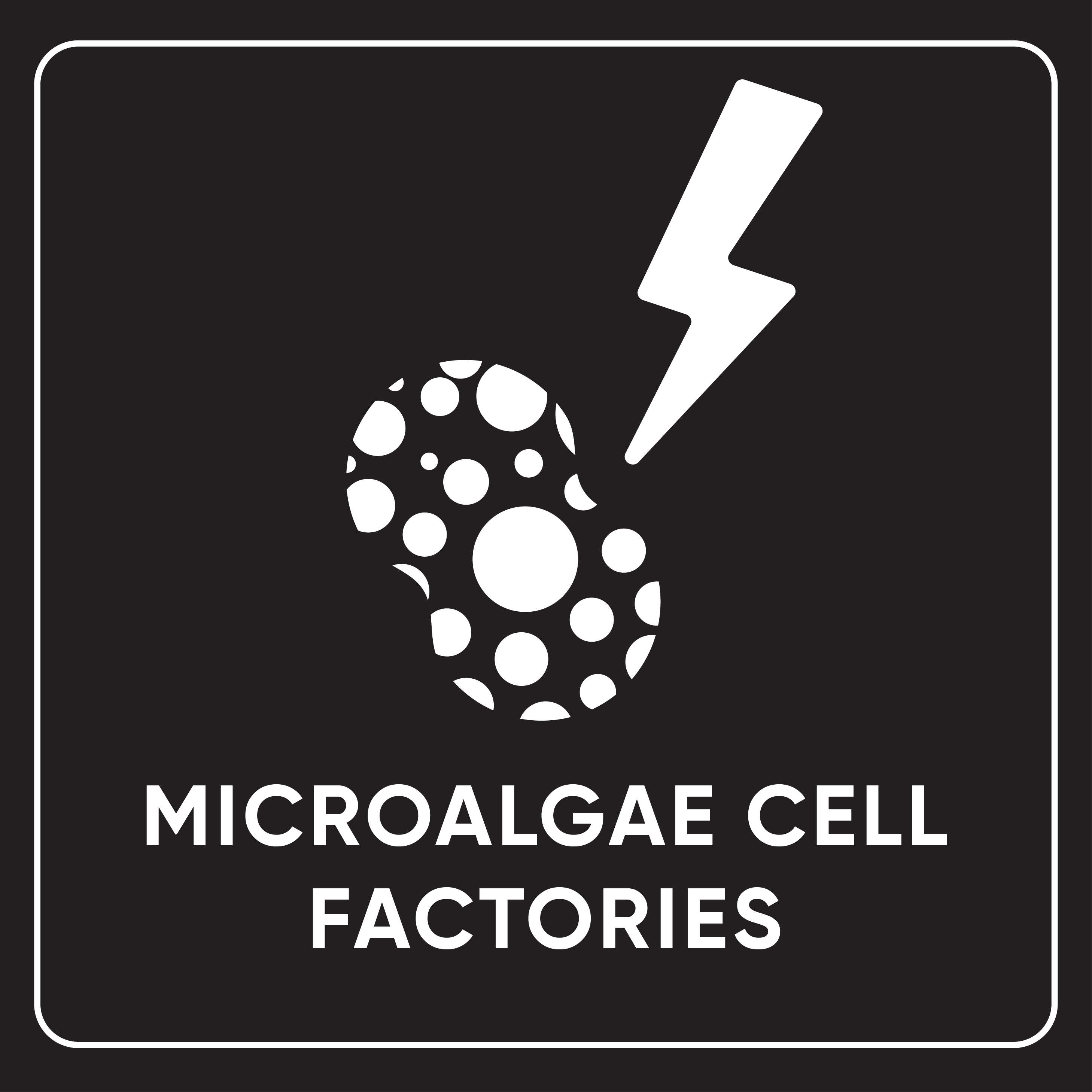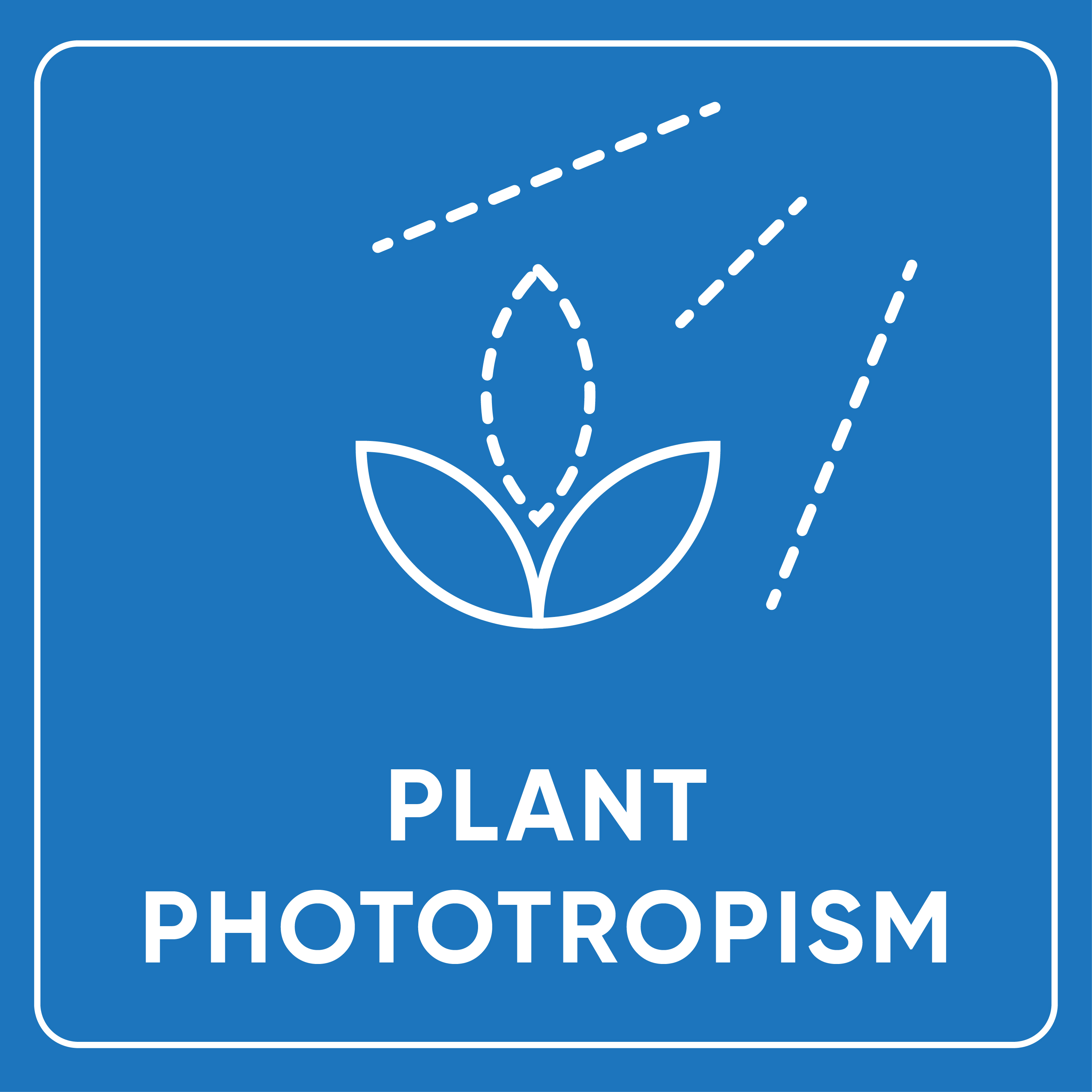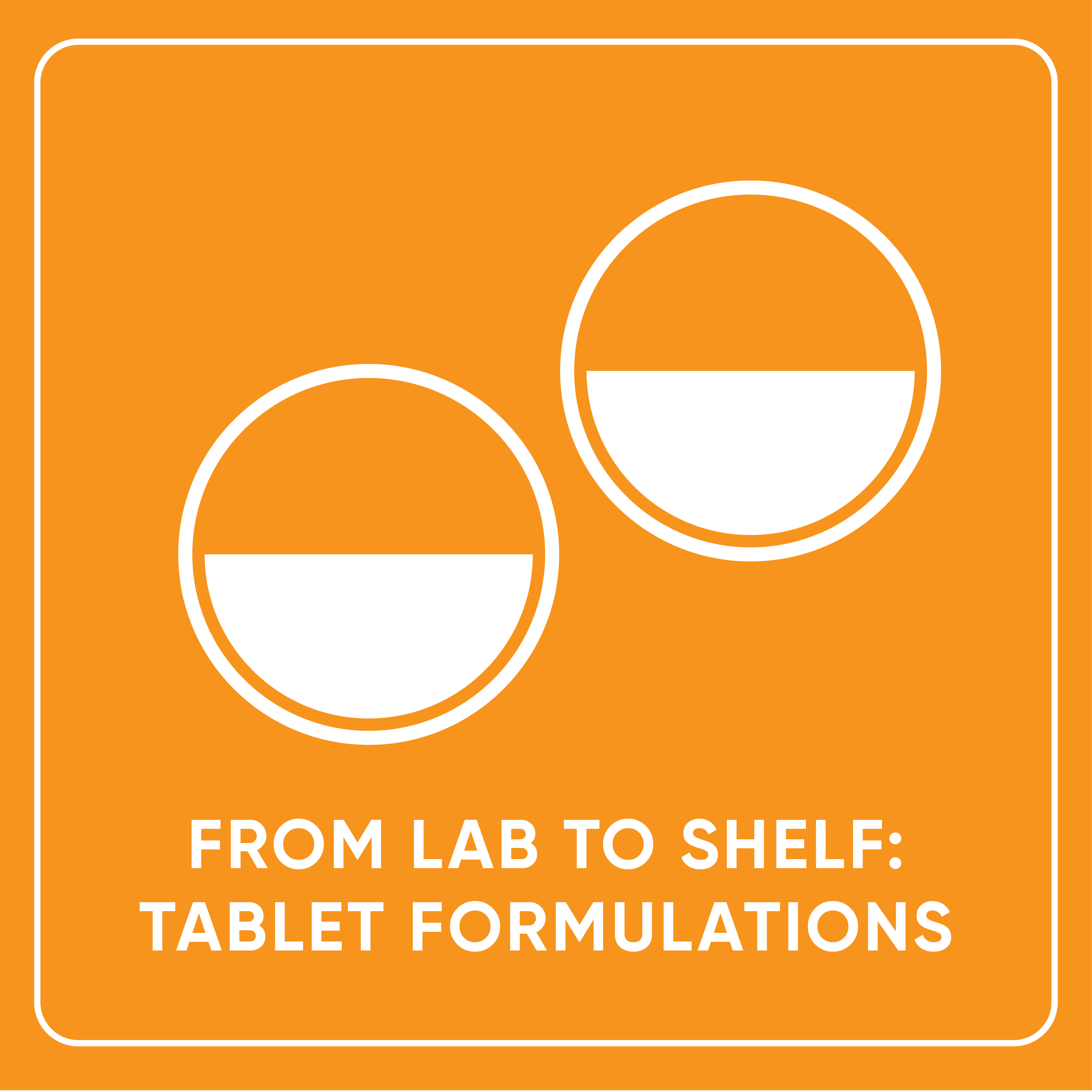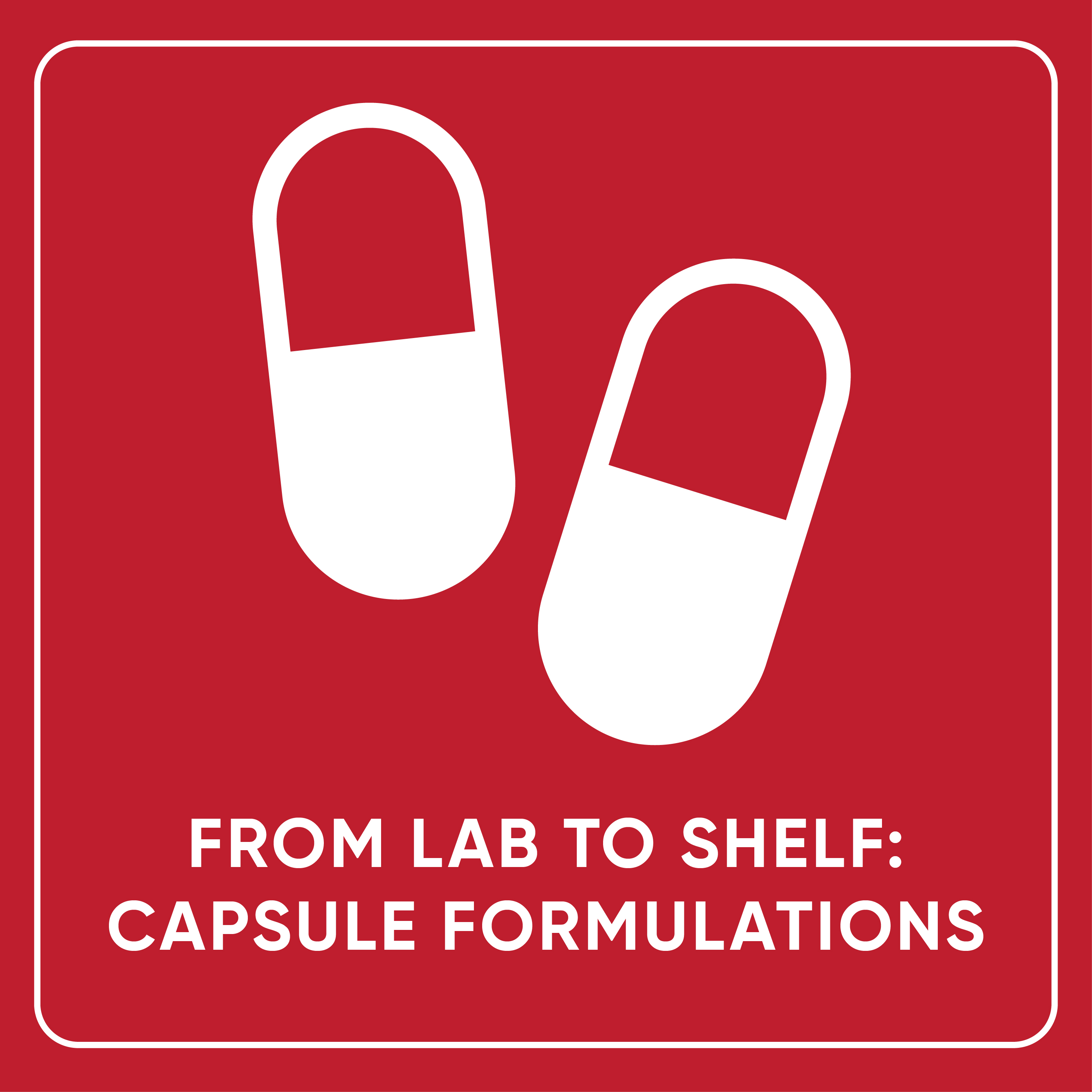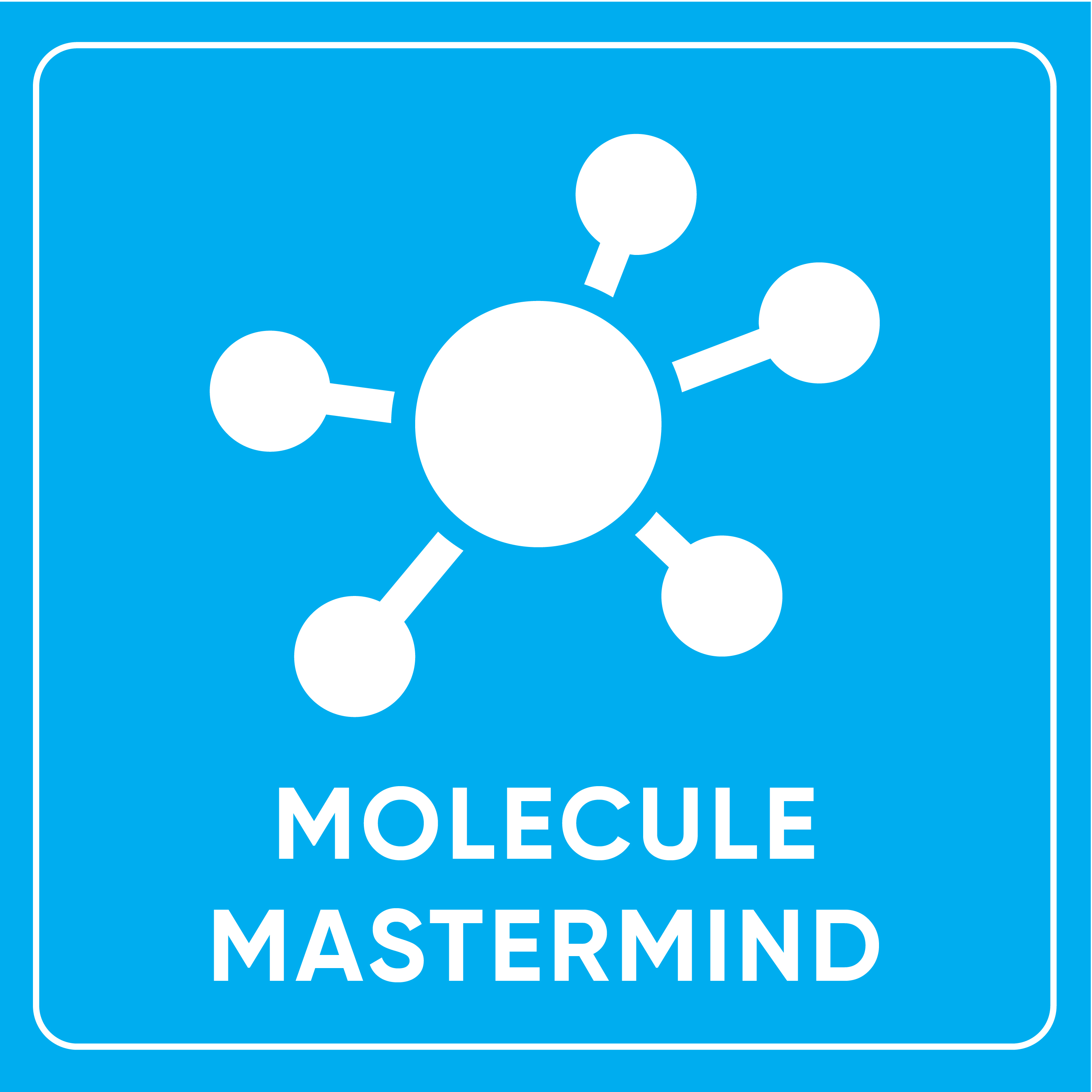Unlike mechanical brakes, which are based on friction and kinetic energy, magnetic braking is a frictionless type of braking system that rely on electromagnetism to stop objects from moving.
When a conductor passes through a magnetic field, a type of electric current is created, called Eddy currents, which in turn creates an opposing force that spins inside the conductor. This creates a magnetic field that acts in the opposite direction of the external magnetic field. The opposing magnetic field will decelerate the motion of the conductor that passes through the external magnetic field and eventually bringing it to a stop.
Continuous generation of Eddy currents in the conductor will generate heat, which is used in many applications in biology and medicine. One such application is diathermy, where the heat generated by Eddy currents relaxes muscles and joints, reduces inflammation and swelling, and improves blood circulation.














